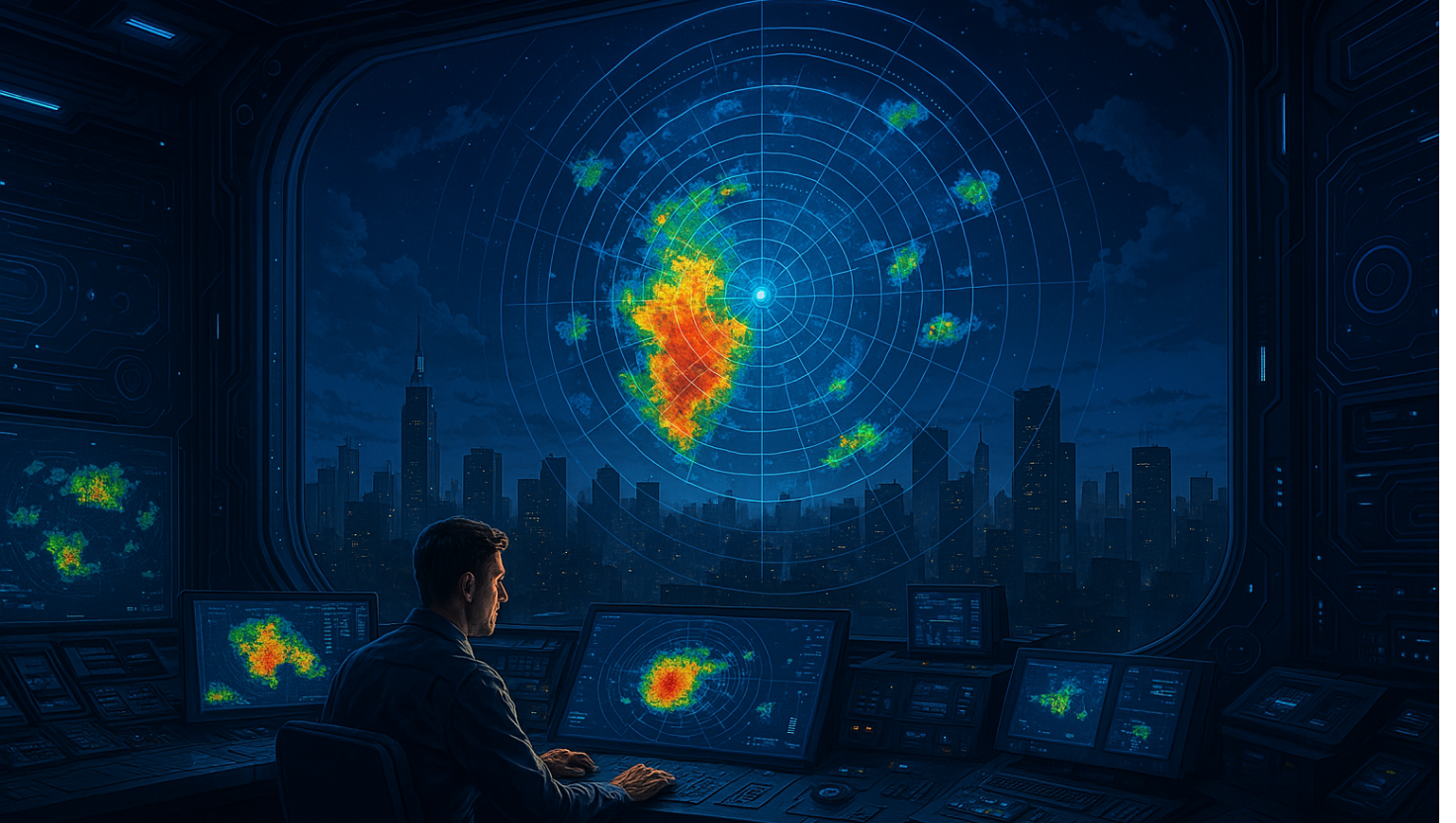Weather Radar: What It Is and Why It Works
Weather radar is one of the most important tools used in meteorology to monitor and predict weather conditions. From tracking thunderstorms and hurricanes to detecting snowfall, radar systems provide real-time data that help keep people informed and prepared for changing weather patterns. In this blog, we’ll explore what weather radar is, how it functions, and why it plays a crucial role in weather forecasting.
What is Weather Radar?
Weather radar is a machine that detects precipitation and watches it move and how much there is. It sends out microwave energy, which reflects off raindrops, snow, or hail and comes back to the radar system. Meteorologists can see these returning signals to measure how thick the precipitation is and how quickly it's moving.
This technology can be used in numerous applications at weather stations, airports, and emergency management centers to give precise predictions and warning of severe weather conditions.
How Does Weather Radar Work?
Weather radar functions on basic principles of radio wave reflection and Doppler effect. Below is the straightforward explanation of how it works:
Sending Out Radio Waves
The radar emits bursts of microwave energy into the air.
Receiving Backscattered Waves
When the waves bounce off precipitation particles, energy bounces back to the radar.
Examining Data
Meteorologists can make measurements of where the precipitation is and how heavy it is by observing how long it takes for the returned waves and how powerful they are.
Using the Doppler Effect
Radar can also measure wind direction and speed by observing the change in frequency of return waves.
Types of Weather Radar
There are several different types of weather radar systems, each with its own special use:
Doppler Radar
Follows precipitation and wind movement, so it is useful for tracking storms and tornadoes.
Dual-Polarization Radar
Emits signals horizontally and vertically, enabling meteorologists to identify rain, snow, and hail.
Pulse-Doppler Radar
Combination of conventional radar and Doppler technology, giving enhanced accuracy in storm movement detection.
Why Weather Radar Matters?
Weather radar finds use in various fields:
Severe Weather Warning
It aids in the detection of storms, tornadoes, and hurricanes prior to their occurrence so that authorities can issue warnings in advance.
Aviation Security
Radar information is used by pilots to steer clear of dangerous weather conditions such as turbulence and thunderstorms.
Agriculture and Hydrology
Farmers depend on radar information for irrigation planning, and hydrologists track precipitation for flood regulation.
Disaster Response
Emergency responders utilize radar data to forecast severe weather and reduce damage.
Conclusion
Weather radar has transformed weather forecasting and the capability to predict and track severe weather. With advancing technology, radar systems become more accurate with each passing day, and individuals and communities are safer and more prepared. A knowledge of the way weather radar operates is testament to its significance in everyday life and its ability to safeguard individuals and property against inclement weather.

